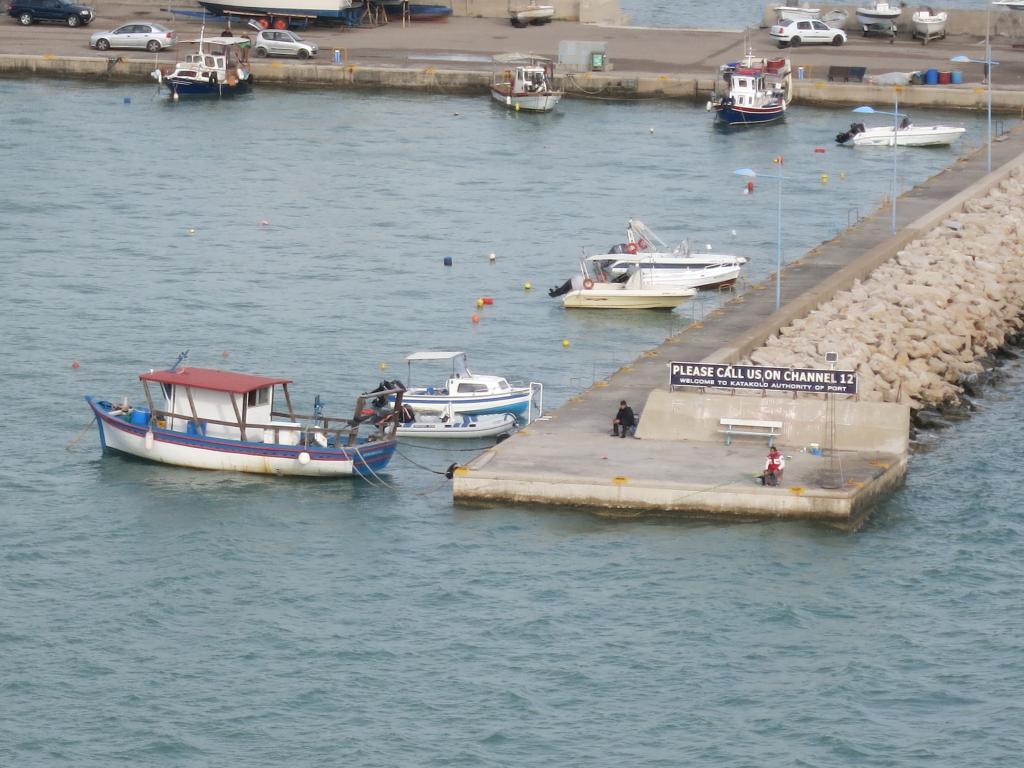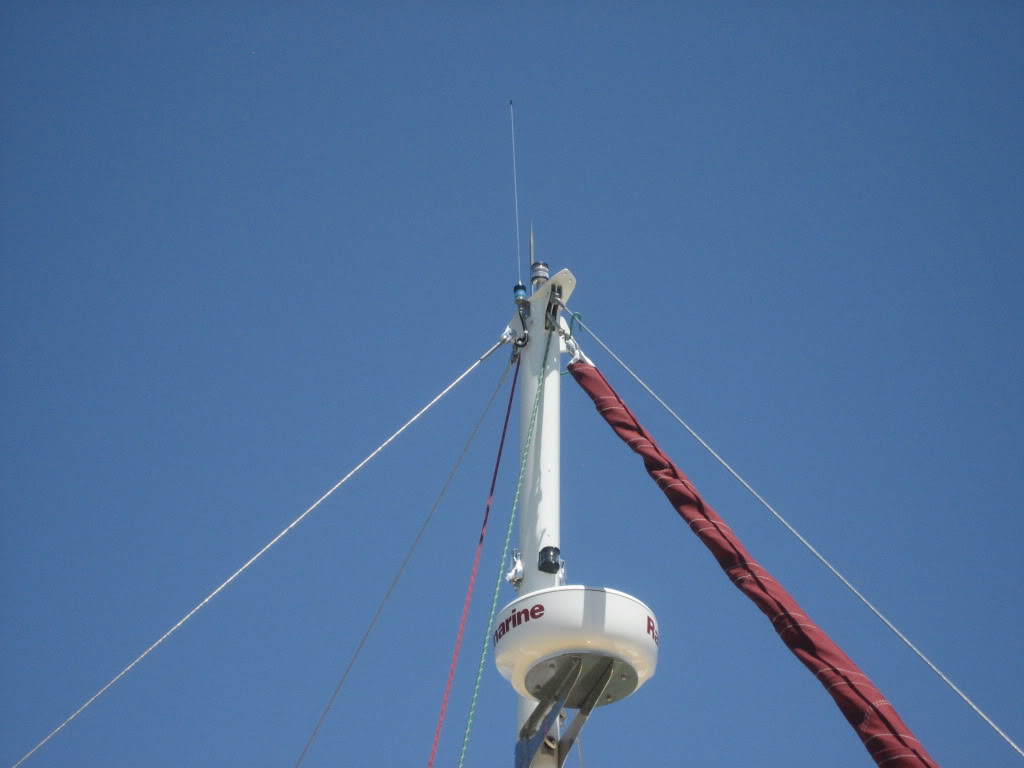bogranjac1
Senior Member
This question is aimed at boaters in Aussie however any comments are welcomed.
My new boat only has a marine radio ( 27 MHz ) and I have only ever owned a handheld Icom VHF (ICF #S ) due to being a dinghy owner.
I am aware that I need a better VHF.
The question is as I am doing coastal runs in Qld and at the most possibly going to a few offshore Barrier reef islands exactly how good/expensive a VHF do I need?
I see BCF and Whitworths have plenty with good names for around $200 mark.
And what about this HF frequency...is it a must have?
regards Brett
My new boat only has a marine radio ( 27 MHz ) and I have only ever owned a handheld Icom VHF (ICF #S ) due to being a dinghy owner.
I am aware that I need a better VHF.
The question is as I am doing coastal runs in Qld and at the most possibly going to a few offshore Barrier reef islands exactly how good/expensive a VHF do I need?
I see BCF and Whitworths have plenty with good names for around $200 mark.
And what about this HF frequency...is it a must have?
regards Brett
Last edited:



